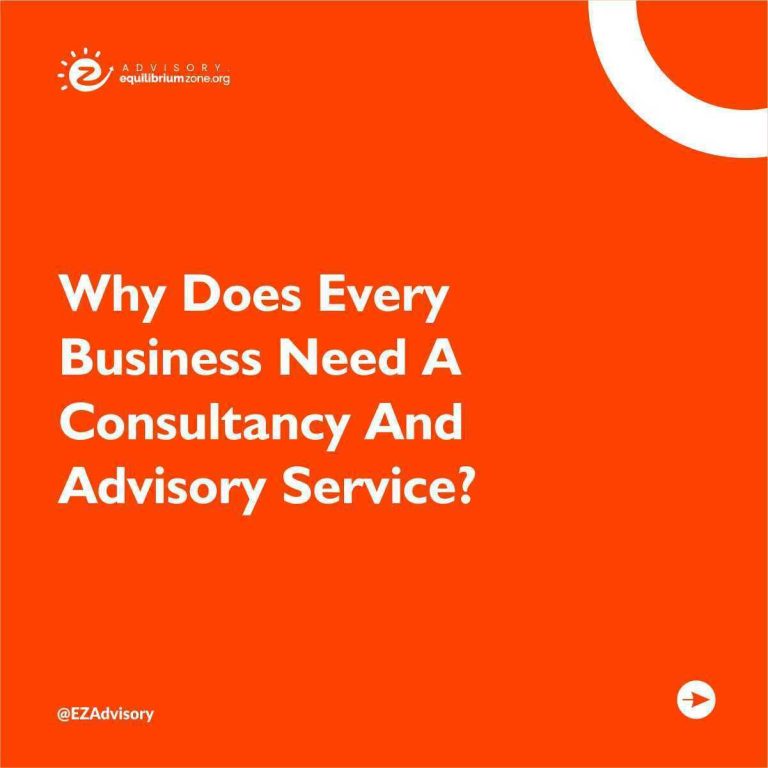You can’t just put your business or product out there and expect people to know what it is and what it does. You have to actively position it in the market, so that potential customers understand what it is and why they need it.
Positioning is the key to success. It is what tells people what your business or product is, and why they should care. Positioning is about creating a unique identity for your business or product in the minds of your target market. It’s about differentiating yourself from your competitors and communicating what makes you unique.
There are many ways to position a business or product, but some common strategies include; focusing on a specific niche, positioning yourself as an expert in your industry. No matter what strategy you choose, make sure it is something that sets you apart from your competition and that you can communicate effectively to your target market.
Why it is important to have a clear position.
Businesses that don’t take the time to figure out their positioning statement often fail because they try to be everything to everyone, which doesn’t work. A clear business or product position is important because it tells prospective customers:
- What you do
- Who you do it for
- What separates you from the competition
Do you want your business to be well positioned for market fit? Book a free call with us today
How to discover your business or product’s position?
In order to discover an impactful and sustainable position for your business or product, you’ll need to answer these four questions:
- What needs does my target market have that my competitors are not fulfilling?
- What unique benefits can I offer that will appeal to my target market?
- What perceptions do I want my target market to have of my business or product?
- How can I communicate these benefits and perceptions most effectively?
Your business positioning statement should be clear, concise, and easy for your target market to understand. It should communicate what makes your business unique and why someone should choose you over the competition.
There are a few key steps you can take to develop and communicate your position:
- Define your target market and understand their needs.
- Research your competition and understand their positioning.
- Develop a unique value proposition that sets you apart from your competition.
- Craft a positioning statement that clearly articulates your value proposition.
- Incorporate your positioning into all aspects of your marketing communications, from your website to your sales collateral to advertising and public relations. The benefits of having a strong position
There are many benefits of having a strong business or product position. A well-defined position helps you:
- Attract the right customers
- Reject the wrong customers
- Save on marketing and advertising costs
- Increase margins
- Build a premium brand
Not being clear about your position is one of the biggest risks a business or product can take. A clear position gives your business or product direction and focus, helping you make decisions about every aspect of your marketing, from your messaging to your visuals to your distribution strategy.
There are several risks associated with not having a clear position:
- You won’t be able to connect with your target audience.
- You won’t be able to build a strong brand.
- Your marketing will lack direction and focus.
- You could end up copycatting your competitors instead of differentiating yourself from them.
- You could miss out on opportunities to reach new markets. The importance of regularly revisiting and adjusting your position
What level of growth are you or still wondering how to start your business, book a free call with us today.
Businesses and products are in a constant state of change, and so too should their positioning. However, it’s important to set aside time at least once per quarter to ensure that your position still accurately reflects your business’ core values, target audience, and differentiating factors.
There are several reasons why it’s essential to revisit and update your position on regular basis:
- The marketplace is always changing. New businesses are entering the scene, existing businesses are evolving, and customer needs and wants are in a constant state of flux. By regularly revisiting and readjusting your position, you can ensure that you’re always ahead of the curve and one step ahead of your competition.
- Your business is always changing. As your business grows and changes, so too must your positioning. What worked for you when you were first starting out may no longer be relevant or accurate as you enter into new markets or expand your product offering.
- Your target audience is always changing. As demographics shift and new generations come of age, it’s essential to revisit your target audience periodically to ensure that your position is still resonating with them.
Making a habit of regularly revisiting and readjusting your position will help ensure that your business is always positioned for success.
Visit us at: http://advisory.equilibriumzone.org










Recent Comments